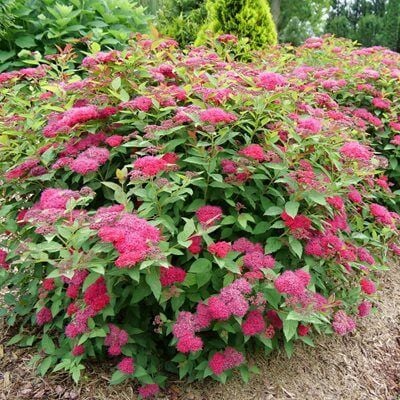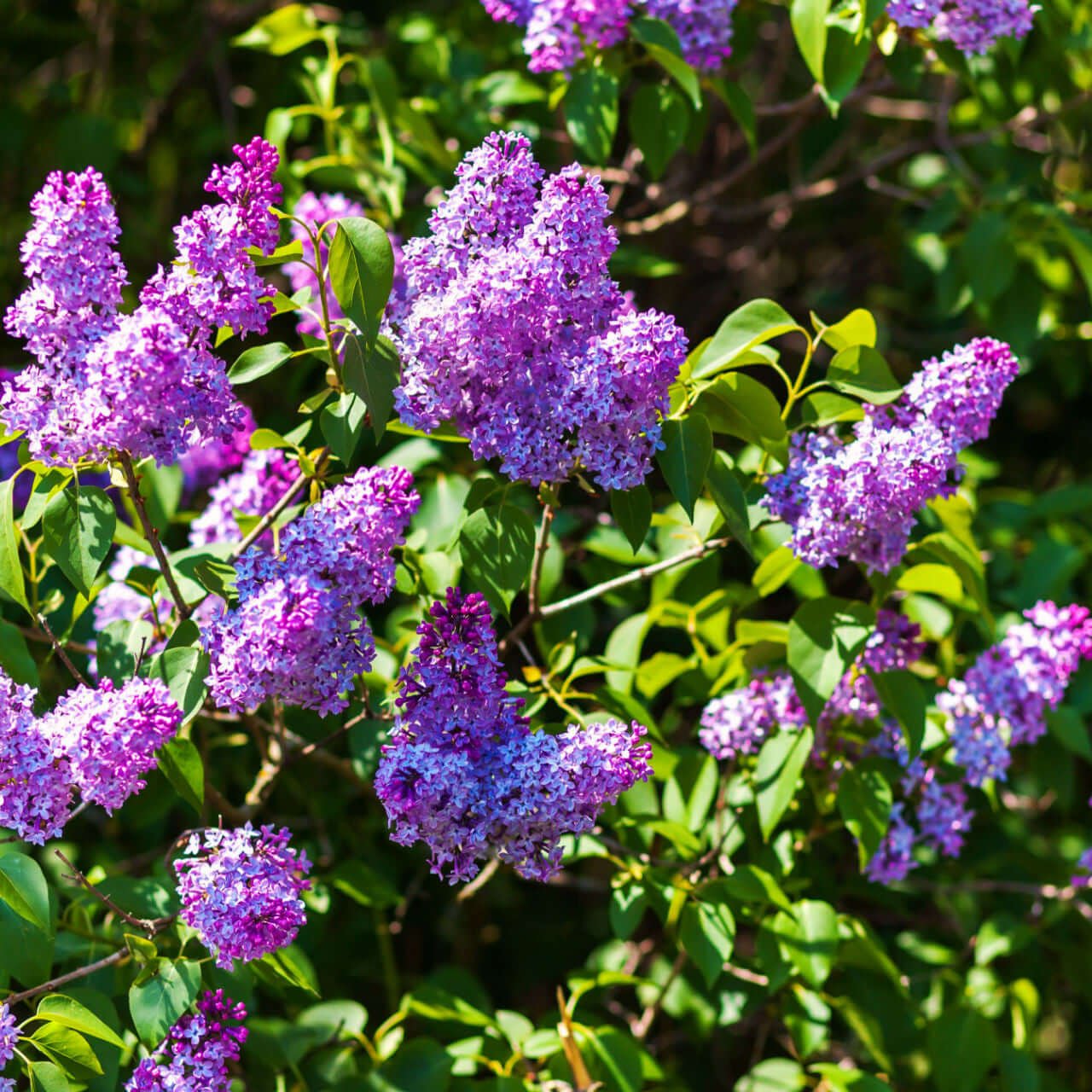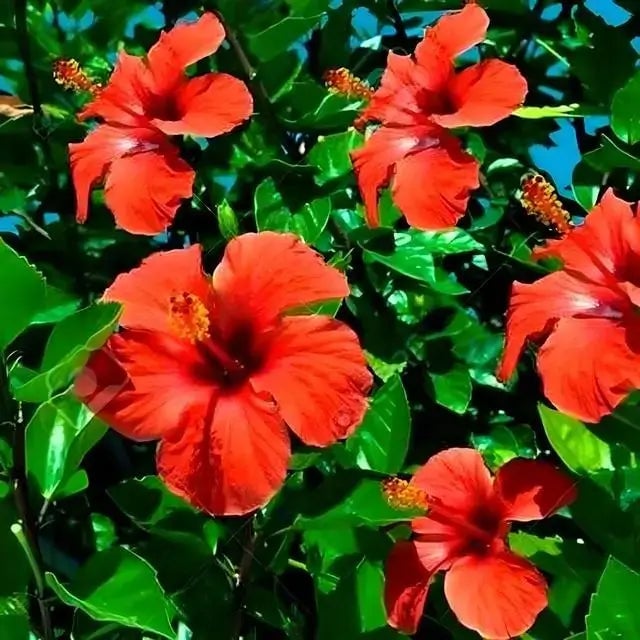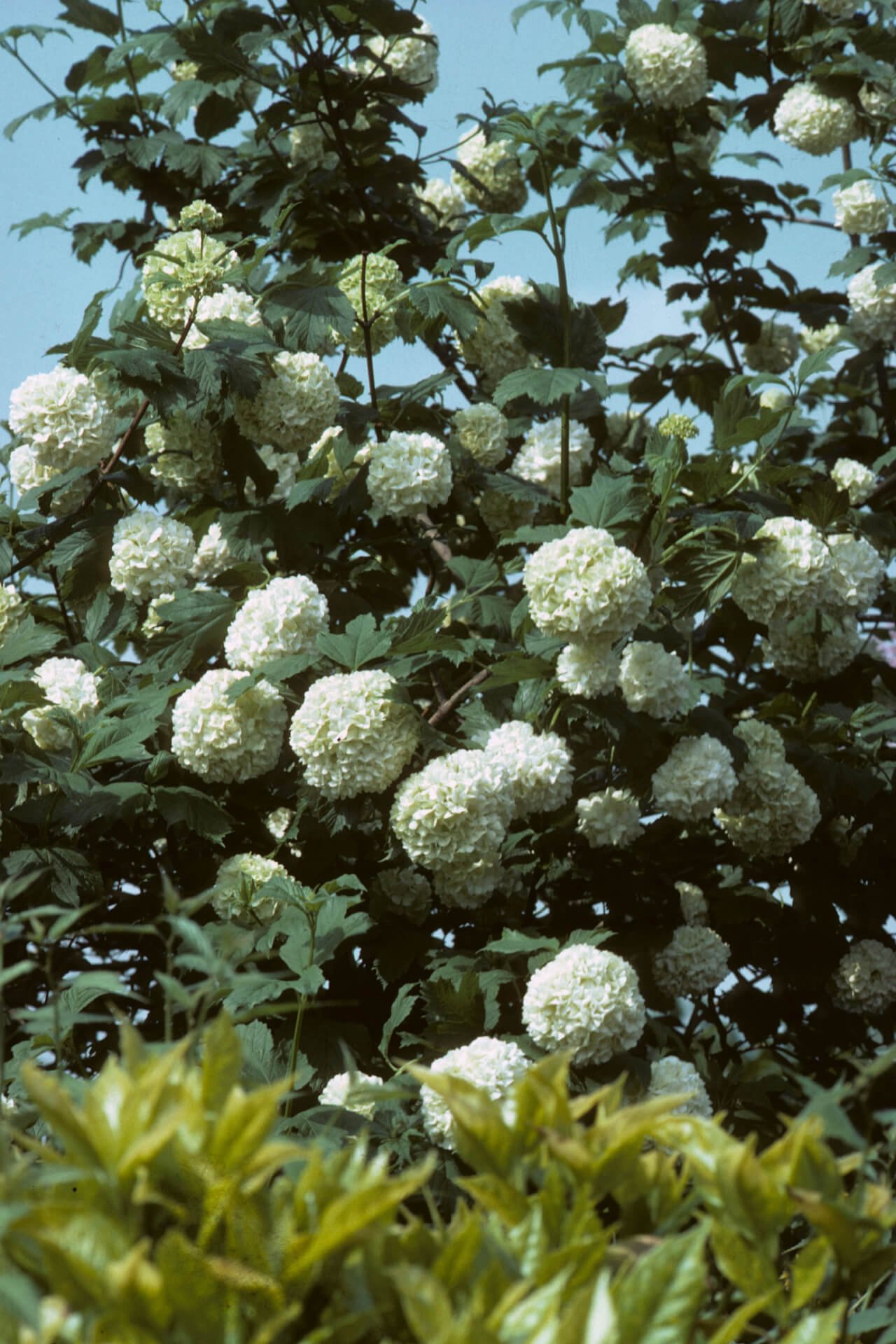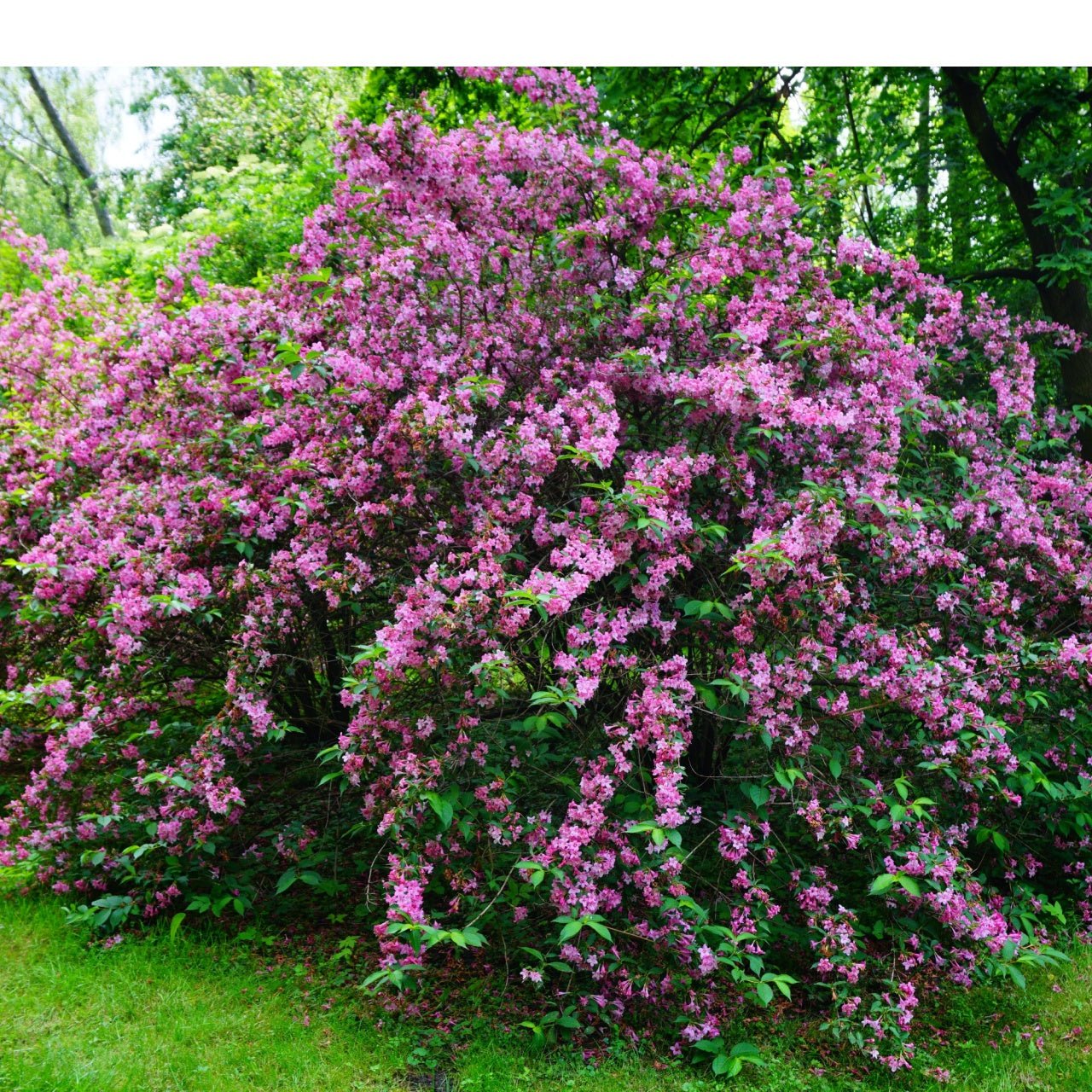The Importance of Shrubs in Your Home Landscaping
Like trees, shrubs are often considered to be the "bones" of the landscape since they offer more structure. They are also more flexible than trees and can be planted in more prominent places. They are less complicated to relocate if you have to make a change in the layout of your garden.
The issue is that with the abundance of available options, novices often need some help in choosing between the wide varieties of shrubs. You can reduce your choices by selecting easy-to-manage shrubs that can thrive in your particular climate:
Lilac Shrub
The hardy lilac bush (scientifically known as syringa vulgaris) is a sturdy shrub popular among landscapers because it's easy to cultivate and grows fairly fast. The lilac shrubs work great for the borders of your home. They offer privacy and early spring blooms. Lilacs are a great addition to your garden if you live in a colder climate.
The lilac's bark is greyish-brown, smooth, and has long-length furrows. Lilac leaves are oval and light green and are placed in opposite groups or clusters of three. Each flower has an oval base and an open and four-lobed top. Lilacs typically come in the color purple to mauve. The lilac plant can grow to approximately 20 feet tall when not pruned.
One tiny lilac bush grows significantly more prominent over time due to the growth of suckers and secondary growth. Lilacs can grow to their full size and height or be pruned for an intended landscaping goal. Lilac offers many benefits, including a sweet scent and beautiful blooms which attract butterflies and pollinators.
Red Hibiscus
The Red Hibiscus is a well-known garden plant with a height of 8-12 feet and is a gorgeous woody shrub. It will add a splash of color to any sunny spot in your yard.
This species of Hibiscus Syriacus is native to Asia. It is, however, well-adapted to the middle of the USDA zone of cultivation in the United States. It can tolerate different soil types, such as clay, sand, or rocky soil. It prefers an area that drains quickly.
Red Hibiscus Syriacus is somewhat drought-tolerant. In dry periods, this plant only needs minimal watering, but it's capable of enduring and recovering from stress easily.
The flowers are big and intense red, can reach up to 4 inches tall, and are dazzling. They feature a stunning twin layer with five silky petals. The flower's center is either golden or orange, giving an incredible, warm tone effect when contrasted against the red flowers. The blossoms are typically only for one day, and a new flowering plant emerges right after.
The leaves of this plant are gorgeous. It has dark green shiny leaves that have coarse teeth on the edges. Leaves alternate across the stem.
Arrowwood Viburnum
This species is classified as a deciduous plant. It originated from Eastern North America and it grows in the hardy, cold Zone 2. When mature, the shrub can grow up to ten feet in height. If the conditions are perfect, this plant can reach over fifteen feet. The Arrowwood Viburnum can be grown in loamy, clay, or sandy soil. The Arrowwood prefers loamy, well-drained soil and does best in an acidic pH.
It can thrive in full shade to semi-shade. The rate of growth of this plant is quick. It produces stunning white flowers during the springtime, which are dazzling and are arranged in three-inch flat clusters of three inches.
The Arrowood Viburnum plant has green foliage and white flowers that bloom in the springtime. The plant also grows blue blackberries in the fall months, making it an excellent food source for certain animals.
It's an excellent source of food and a nesting spot for birds. The plant can last 50 years or more and typically reach total growth within five years. Its moderate size means it can grow anywhere from 6 to 15 feet in height. Because of its size and beauty, the tree is perfect for any landscape.
One of the most appealing aspects of this shrub is that it can be grown in various situations. Due to the variety of soil types and climate zones, it can be planted among the native plants to develop. It can grow in full sun with a bit of shade. It is recommended to plant it in large areas and gardens.
Black Haw Viburnum
The tree's spread uneven shape, irregular form, and crooked tree trunk add a unique look to hedges and other borders and provide a solid barrier. As a stand-alone tree or as part of the form of a fence, the Black Haw needs very little care except when drought conditions.
It can reach approximately 15 feet tall when fully developed. Black Haw Viburnum is an excellent plant for growing in full sun, in partial shade, or shaded areas. Viburnum is a perfect plant because it can also adapt to different soil conditions. It can give your lawn an explosion of color in autumn with its red and orange leaves. It'll also look stunning with the white flowers throughout the summer and spring.
Pink Weigela
These shrubs are part of the family known as roses. They are primarily deciduous plants that shed their leaves during the autumn. The leaves are tiny and sharply serrated.
The Pink Weigela plant is among the most well-known shrubs that can be planted in any garden. It is best suited to zones 4-8 of hardiness; however, some cultivars can thrive in either of these areas. The advantages of this plant's use in landscapes depend on the nature of its cultivation and how high it can grow depending on the variety, which can grow up to 8 feet tall and have a width of about 6 to 8 feet. Smaller types that are small and grow in mounds can be planted in small spaces near the edges of walkways.
They can also be used to create the form of a hedge, be planted near maple trees, be part of a bulb or perennial garden, or even be used in their own space as a stand-out specimen plant.
The Pink Weigela is simple to cultivate, tolerates almost any type of soil and isn't susceptible to pests, and is deer-resistant. It thrives in places with more shade than sun and USDA zones 4-8.
The only thing a gardener needs to do is some pruning in order to maintain this attractive accent to the garden.
Shop TN Nursery Shrubs
Visit our online shop for a wide selection of plants and trees, or come say hi at our store location in Tennessee!
We offer fast shipping nationwide so you can start transforming your garden today!
If you have any questions about shrubs or if you have any other plant needs, don’t hesitate to contact us at [email protected], we’d love to hear from you!
Read more
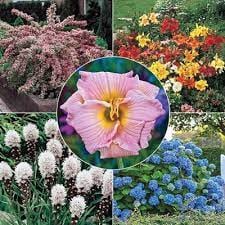
Are you searching for the perfect method to bring your outdoor space alive with vibrant flowers? Take a look at these sun-loving perennials are an easy and effective solution. They're sturdy plants...
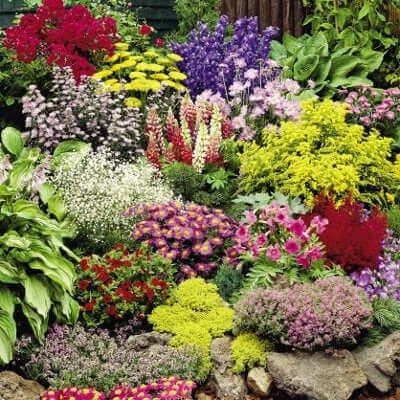
Many people believe it's a good idea to plant in the shade. It will be challenging, or plants may not even flourish. There's always a tiny area next to the shed under trees or a shaded area that fe...


